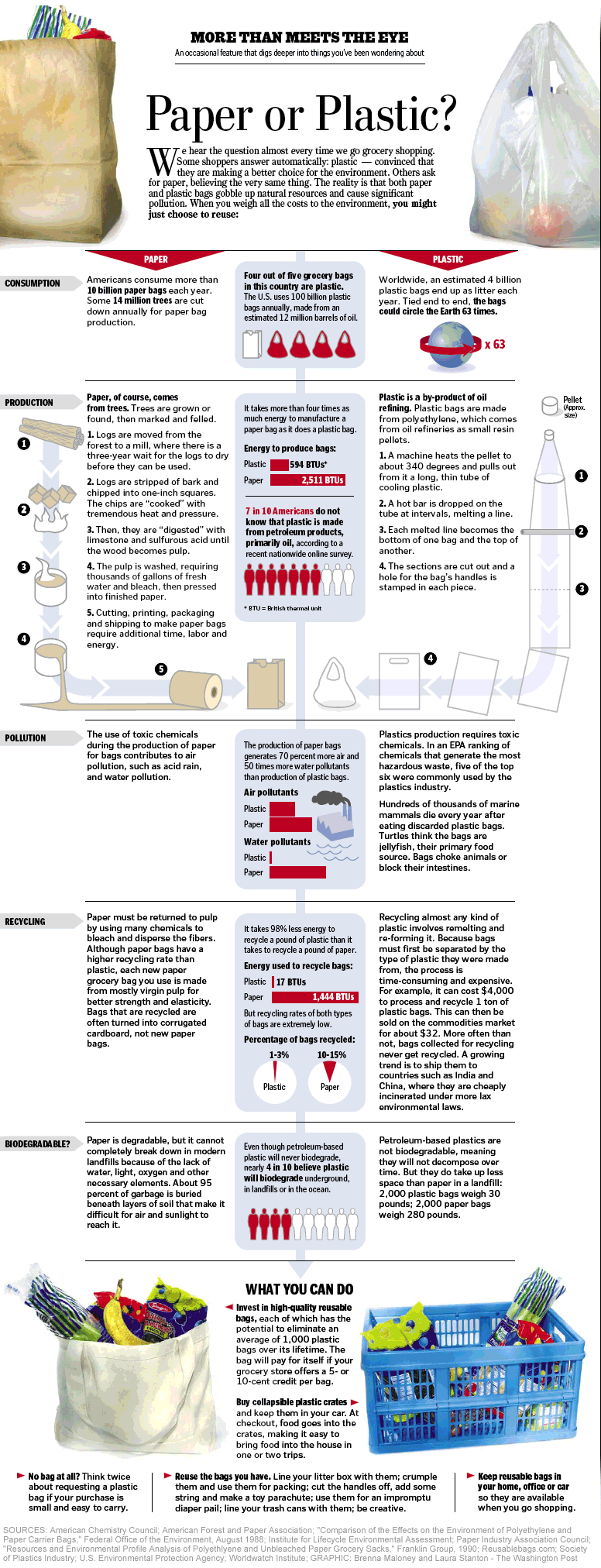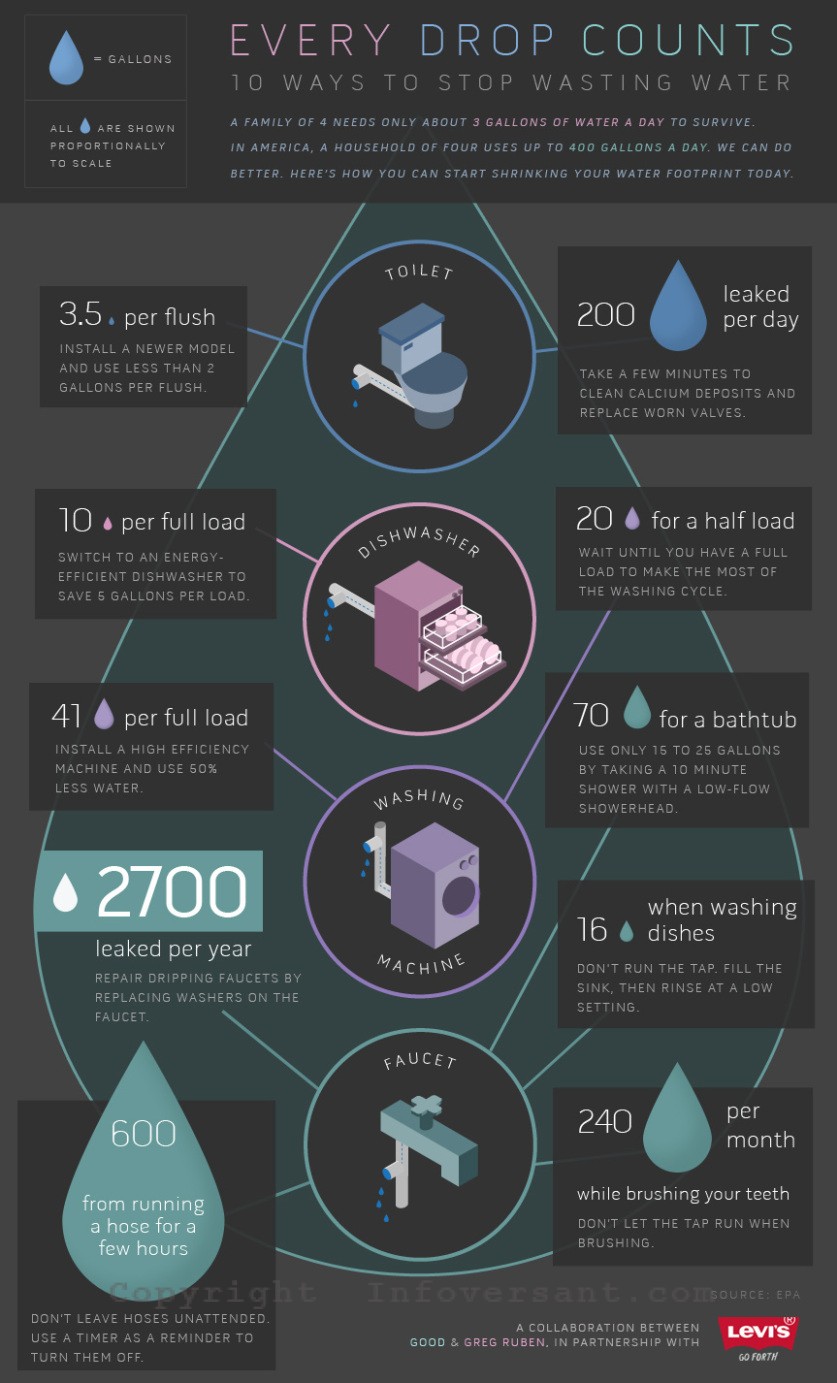No one can tell us for certain whether global warming patterns will take a specific course over the coming years. And unless there is a catastrophic event, it is likely that none of us alive right now will have to face the consequences of all the dumps that we are creating.
For many, all this green living thing is just hype and hoopla. It might well be so. But there is another argument to the whole green living thing. Every indulgence and abuse of material resources puts pressure on the available natural resources. And there is a limit to what is available. Now, many of these resources may regenerate, but is the pace of regeneration enough to satisfy the pace of consumption of a rising global population?
Again, we may not be alive to experience the consequences of our actions. But there are some immediate benefits too. Using limited resources or rationing the resources also means saving money. Which happens in real-time. Many of the green living suggestions talk about eating organic foods and use goods produced without using hydrocarbon derivatives. While these may be noble, not everyone can afford to switch to a more expensive organic living. So here are some low-cost suggestions that can help you save money and also help you contribute to the ‘Green Living’ movement without taking a lot of money out of your pocket.
1. Change your incandescent light bulbs to Compact Fluorescent Lights (CFL) or LED bulbs
Incandescent bulbs consume much more power than CFLs or LED bulbs to provide the same amount of luminosity. Using CFL not only consumes less electricity, but with more luminosity, you will need fewer bulbs to illuminate the same area. So get working on that bank of lights in your bathroom – replace the incandescent lights and halve the number of lights.
The incandescent bulbs run an average of 1200 hrs compared to 8,000 hrs of CFL or 50,000 hrs of LED. Moreover, the operating cost of a 60W incandescent bulb is four times the CFL and nearly ten times that of an LED bulb.
2. Turn off and unplug appliances when not in use
Did you know that appliances that are shut off but hooked into plugs with the main switch on consume electricity? Popularly known as Vampire Energy. There is no reason to keep that main switch on. When not in use, make sure that you turn off the main switch. And if you are serious about green living and have plugs that do not have an on-off switch, it might be time to get one of those that have.
3. Use cloth bags for shopping
There was a time when plastic was not ubiquitous. I remember trudging along everywhere with my parents and carrying a few cloth bags wherever we went. Free plastic bags have broken that habit now. Our local government has, of course, taken some steps by banning the plastic bags and even make people purchase these bags. Some environment friendly grocers have replaced these with paper and cloth bags, but not all.
Carrying a bag doesn’t take much effort, nor does it take much of your space. Make sure that you carry a reusable cloth bag next time you go out for your grocery.
Paper bags = loss of good, healthy trees.

Source: http://www.coastalplayground.com/
4. Use rechargeable batteries
There is a digital photo revolution happening around the world. We want to capture everything that we see, eat, and visit. And nothing consumes batteries faster than digital cameras. Reduce the e-junk pile by using rechargeable batteries. These not only help you cut down on your expenses, but also helps reduce the use of resources.
5. Reduce Commute
I understand this is a sore topic for employers, but working from home for one day a week or having four 10 hour workdays a week can reduce a lot of expenses and free up the resources. A four day week can not only save on commute related expenditure, but also reduce office expenses to keep the office functional and saving on electrical expenditure.
6. Use both sides in a copier
Unless absolutely necessary, use both sides of the pages to make copies of documents and reports.
7. Shut the water tap when brushing teeth and shaving
Although our green earth is 70 percent water, potable water levels are reducing every day. Unfortunately, all the taps in our homes, even the ones that we use to flush, use the same quality of water. So make sure not to keep the taps running when you brush your teeth or shave.

Some other tweaks in your bathroom can also reduce the consumption of water. If you are moving to a new home or working on a redesign, make sure you use a dual level flush system. A small quantity flush will be enough most of the time to keep your toilet clean.
Most of the split air conditioners have an outside unit with a clear drain pipe. Whenever you can, attach an extension to the drain pipe and use the water for your garden or to water you plants.
8. Pressure cook to conserve energy
Well, it may not always give your food the color, texture, and taste that you crave for, but it will surely save you pennies each day. Pressure cooking hastens the cooking process and most times, does the job in nearly quarter of the time.

Source: http://www.hippressurecooking.com
Use pressure cooking for your daily meals to reduce use and expenditure on gas or electricity.
9. Use laptop over desktop
Desktops are comfortable, I won’t argue with that. But switching to laptops can reduce your energy bill quite a lot. So the next time you are up for buying a computer, choose laptop over desktop and contribute toward reducing the electricity consumption.
10. Pot a tree each month
Our urban living has taken us far away from green living. We hardly see any green cover in our cities. Look around from a high rise and all you see is a concrete jungle. But you can easily do your bit. Use your balconies and terraces for gardening and try to pot a shrub each month. It is not that hard to keep your balconies green.
There are a hundred other ways you can adopt green living without taking any additional money out of your pocket. I would love to hear your suggestions. What do you think is the easiest little lifestyle tweak that can help us keep this world green.